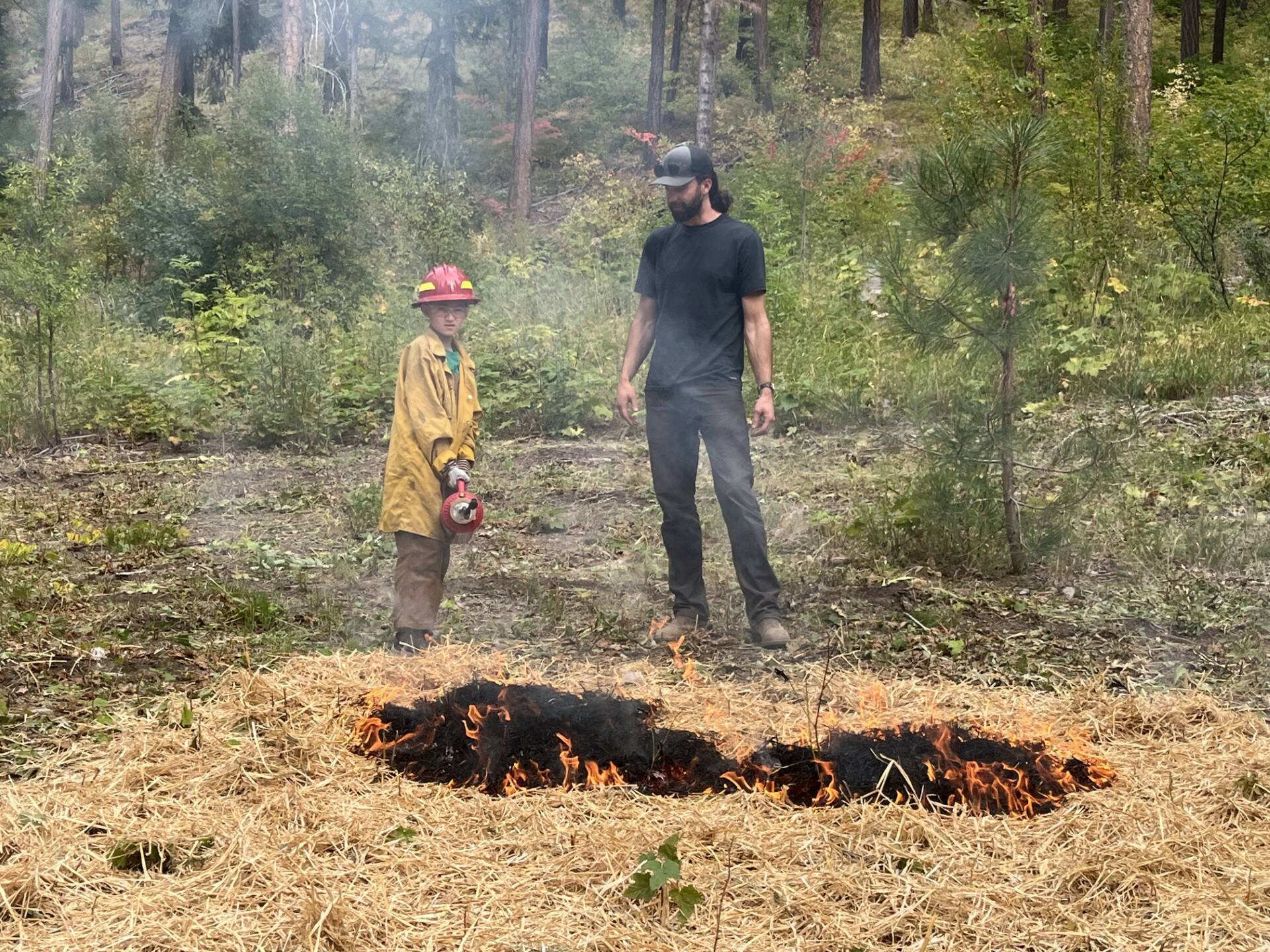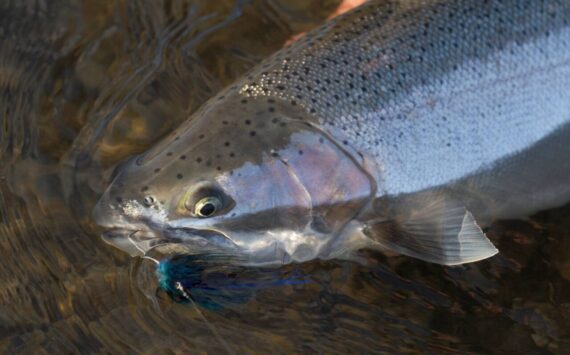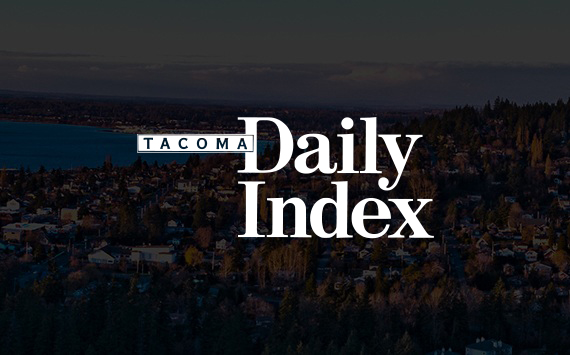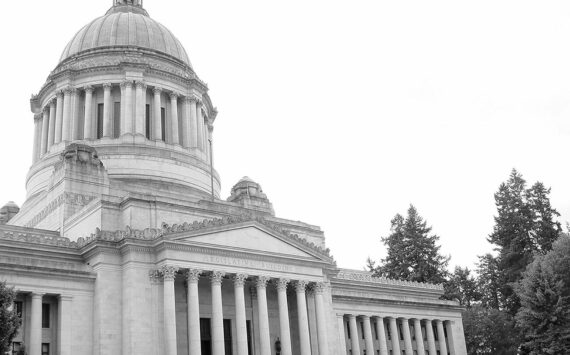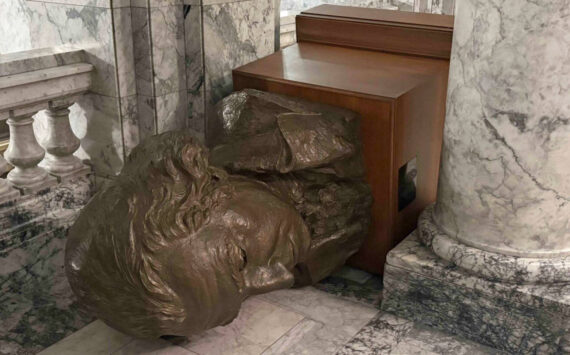Over the last decade, a new reality has emerged: annual wildfire season that used to start in late summer has crept into mid and early summer in recent years.
So, what happened?
Decades of fire suppression, lack of forest management, and the removal of Indigenous fire practices have turned our forests into tinderboxes. While fire suppression aimed to extinguish all fires has reduced immediate threats, it also stopped the natural, low-intensity fire cycles that historically cleared deadwood, underbrush, and undergrowth in fire-adapted ecosystems like ponderosa pine forests on the eastern slopes of the Cascades.
The lack of active management — such as thinning and prescribed burns — has added fuel to the problem due to high costs and public resistance to smoke from controlled fires near urban areas. Now, fuel has been building up for over a century, combined with warmer, drier summers fueled by climate change, leaving these forests vulnerable to large, destructive wildfires sparked by lightning or human activity. These fires kill millions of trees and animals and can destroy entire communities.
Wildfires don’t just stay in the woods. They often blanket cities like Seattle with thick smoke, forcing people indoors during what used to be beautiful summer days – right when kids are on summer break. These fires also affect tourism, agriculture, and even energy supply when power lines from the Cascades to the Puget Sound are at risk. Both urban and rural residents pay the price through higher insurance premiums, infrastructure repairs, and health impacts.
Communities and volunteers are stepping up to work with local, state, and federal agencies. Prescribed burning has re-emerged as a key tool to restore forest health in recent years. My family had the privilege to learn and participate in this Indigenous practice to care for our forestland with the Cascadia Prescribed Burn Association.
We first heard about this local nonprofit from our neighbor, an active volunteer in Chelan County. Cascadia PBA partners with local contractors, volunteers, fire departments, and agencies to educate residents and students about prescribed burning and how to do it safely.
Fire mitigation starts with educational workshops, then machine mastication to remove overgrown shrubs, followed by thinning, removing branches five feet above the ground, and creating fire barriers to prepare for the burn. Burn days depend heavily on weather, moisture, and wind, and it felt like a festival community event when we finally lit the land on fire! The result? Fuel reduction, improved soil health, increased groundwater recharge, and stronger biodiversity.
The Washington Department of Natural Resources (DNR) has supported organizations like Cascadia PBA and landowners to educate and empower communities to restore forest health beyond property lines — to reduce wildfire risk and revitalize our mountain landscapes. DNR Commissioner Dave Upthegrove put it well:
“Prescribed burning is an essential tool for not only reducing wildfire fuels but also restoring forest health. Many fire-adapted plant species benefit when low-intensity fire recycles nutrients back into the soil. By cutting funding for the Wildfire Response, Forest Health, and Community Resilience, the legislature reduced the amount of funding available for prescribed fires in Washington, including those led by prescribed burn associations and partner organizations that benefit from DNR staffing and resources. We need to be doing more prescribed burning, not less.”
Path forward: How can urban communities help?
Follow fire bans strictly during the summer to prevent human-caused wildfires while enjoying the outdoors.
Support wildfire prevention efforts through local and state advocacy.
Volunteer with organizations that educate the public or help with forest restoration.
Through working with Cascadia PBA, my family has seen firsthand that bringing fire back – safely and intentionally -means healthier forests and more resilient communities.
